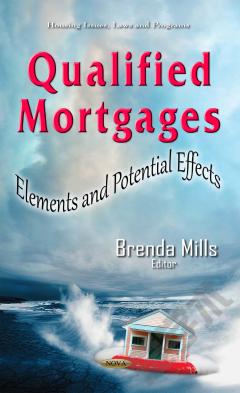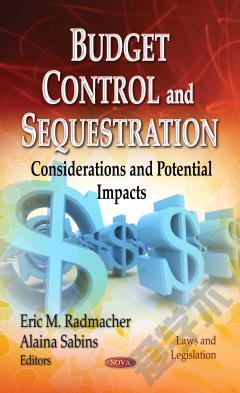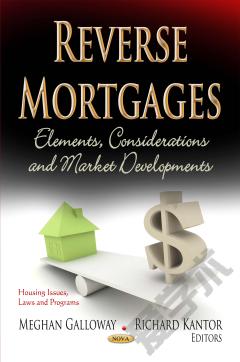Qualified Mortgages: Elements and Potential Effects
During the years preceding the mortgage crisis, too many mortgages were made to consumers without regard to the consumers’ ability to repay the loans. Loose underwriting practices by some creditors – including failure to verify consumers’ income or debts and qualifying consumers for mortgages based on “teaser” interest rates after which monthly payments would jump to unaffordable levels – contributed to a mortgage crisis that led to the nation’s most serious recession since the Great Depression. Amid concerns that risky mortgage products and poor underwriting standards contributed to the recent housing crisis, Congress included mortgage reform provisions (qualified mortgage (QM) and qualified residential mortgage (QRM)) in the Dodd-Frank Wall Street Reform and Consumer Protection Act. The Consumer Financial Protection Bureau’s (CFPB) regulations establishing standards for QM loans became effective in January 2014. More recently, six agencies jointly issued the final QRM rule that will become effective in December 2015. This book discusses views on the expected effects of the QM and QRM regulations, and examines the extent of agency planning for reviewing the regulations’ effects, among its objectives.
{{comment.content}}








 京公网安备 11010802027623号
京公网安备 11010802027623号